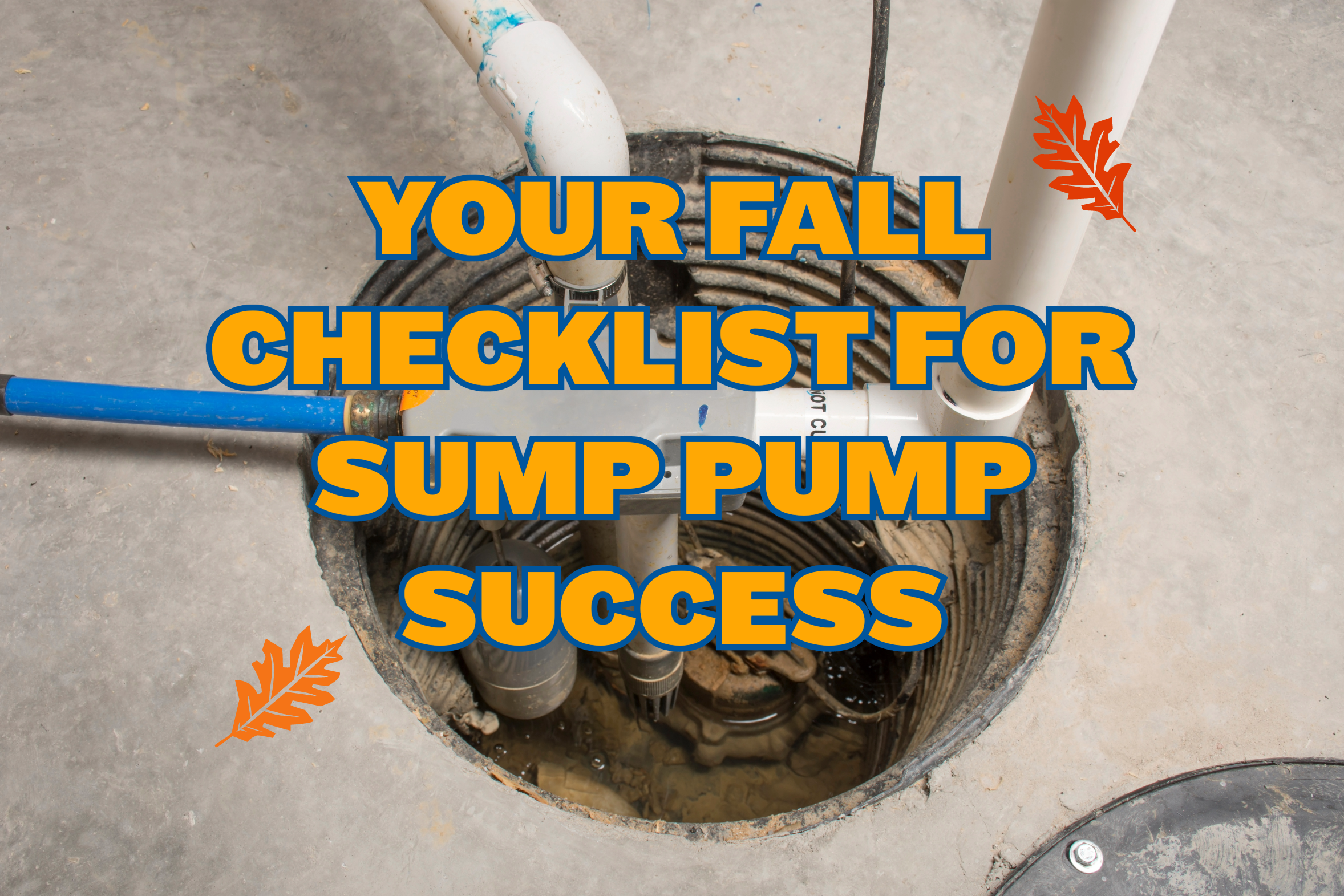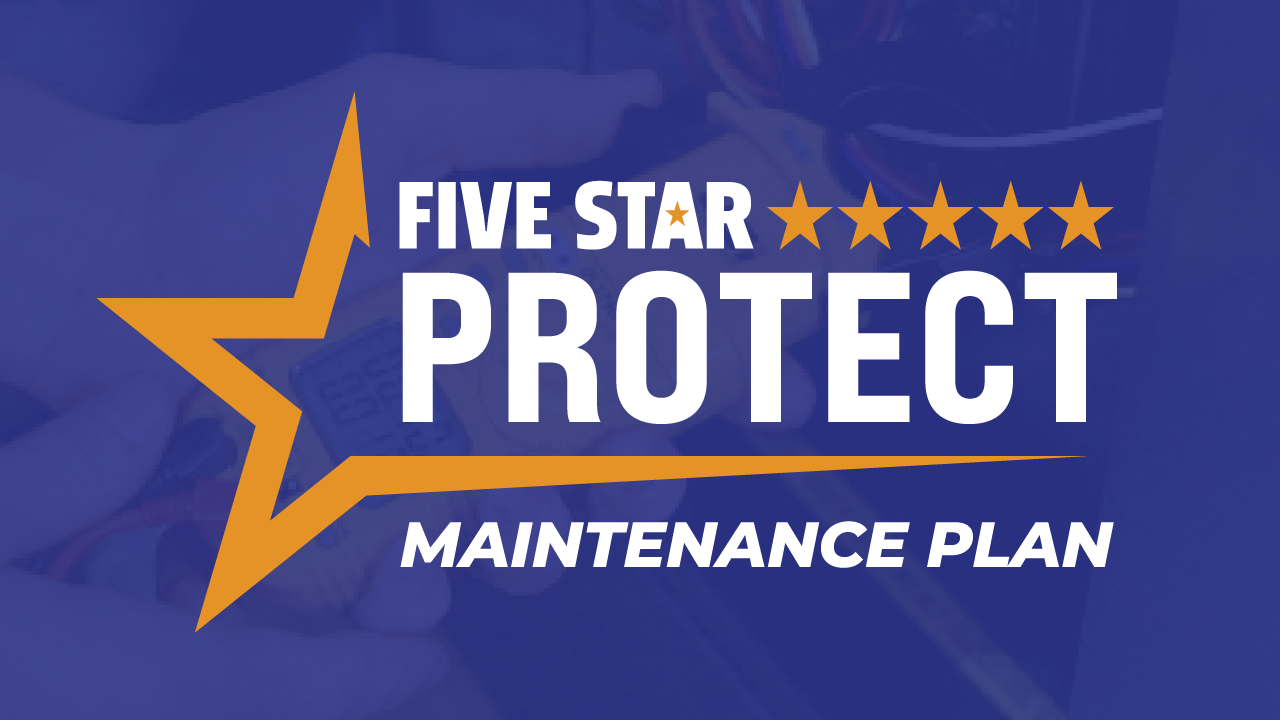Sump pumps play a vital role year-round, but their importance becomes even more pronounced during the autumn and winter seasons, particularly in regions with cold temperatures and snowfall. This makes proper maintenance of sump pumps crucial for us Ohio residents. At Pickerington Plumbing & Drain, we are dedicated to helping you ensure optimal sump pump performance throughout the upcoming colder months. Therefore, we proudly present our fall checklist for maintaining your sump pump to ensure its success this season.
Your Fall Sump Pump Checklist:
Step 1: Take off the lid of the sump pump pit. To initiate the first step, proceed with caution as you lift the cover from the sump pump pit or basin. Once the interior is exposed, carefully examine the inside of the pump. If any debris, particles, or rocks are detected, it is crucial to remove them gently. These foreign objects have the potential to obstruct the operation of the sump pump, which may result in overflow issues—an undesirable outcome we strongly advise against.
Step 2: Next, think about the drain hose. It is crucial to ensure that the connection remains secure and free from any obstructions or ice buildup, especially during the winter months. A blocked or frozen drain hose can lead to constant sump pump operation and hinder the proper discharge of accumulated water from the pit. Therefore, it is highly recommended to inspect the drain hose regularly throughout the year to maintain its functionality.
Step 3: Now, let’s direct our attention to the inlet screen. The inlet screen holds a crucial role on our checklist as it allows water to flow into the sump pump’s pit. Therefore, a blocked inlet screen can hinder water access, potentially causing flooding and other plumbing disasters. So, you should make it a point to periodically inspect the inlet screen to minimize the risk of basement flooding.
Step 4: Don’t skip examining the float mechanism. Ensuring the proper functioning and condition of the float mechanism is another crucial aspect. This essential component plays a pivotal role in activating the pump to expel excess water. Therefore, it is imperative to also verify that the float mechanism is in proper working order; it is just as important as the other steps outlined in this list. A malfunctioning float can lead to the pump’s failure to respond when needed or trigger continuous operation, potentially causing damage to the pump’s engine over time.
Step 5: Perform a trial run. To test the functionality of your sump pump, pour a bucket of water directly into the sump pit. Observe its performance closely, paying attention to how it responds and whether it effectively removes the excess water. In case of pump failure, verify the connection to the power source and confirm that the power cord shows no signs of damage or malfunction. Rest assured, these steps will help you assess and address any issues with your sump pump.
Step 6: Confirm the position of the discharge pipe. The discharge pipe plays a crucial role in effectively redirecting excess water away from your residence. So, you’ll want to make sure that the discharge point is appropriately positioned to prevent any water from seeping back into the pump. This precautionary measure is essential as improper placement can lead to issues both in the short and long term, potentially accelerating wear and tear and compromising the sump pump’s lifespan.
Furthermore, it is crucial to consider the placement of the discharge pipe in relation to neighboring homes, structures, or other buildings. Ensuring that it remains within your property boundaries is equally important. This is because discharging excess water onto your neighbor’s property is strongly discouraged.
Step 7: Have an emergency plan in place. Unforeseen circumstances, such as severe storms or power outages, can arise at times. While it is impossible to completely avoid these situations altogether, it is prudent to have a backup battery or generator readily available. By proactively implementing a contingency plan, you can ensure that all necessary precautions will be taken in the event of power disruptions or unexpected situations, providing you with peace of mind.
Implementing these practices will ensure the proper functioning of your sump pump system, providing vital protection against water damage and plumbing issues during the cold season.
If you encounter any issues with your sump pump, do not delay; call Pickerington Plumbing & Drain today at (614) 350-1955, or schedule an appointment online now by clicking here!





